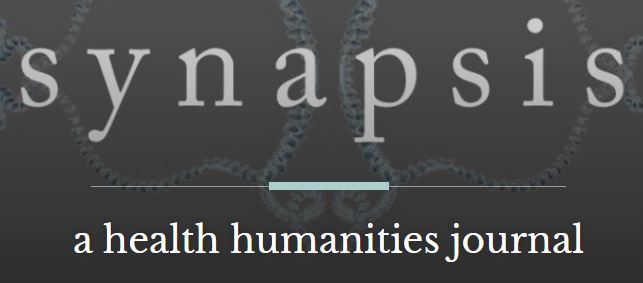Instructor: J. Peters
Prerequisites: Permission of the instructor. (Seminar)
This course explores the historical production and representation of sex and sexuality in a variety of domains: literature, law, religion, natural history, visual art, popular culture, film, and the various performance spaces that we call everyday life. Moving past the often dualistic questions about identity that have dominated sexuality studies of the past few decades, we will look at the multitude of historical beliefs about sex, sex practices, and sexualities, both real and imaginary, represented in various kinds of texts, images, and other media, from the Bible to Lacan and beyond.
Over the course of the semester, we will address a number of questions: To what extent do legal, religious, scientific, literary, and popular representations of sex reflect, or shape, sexual identities and sexual practices? How do our texts help us think about the relationship between sexual identity and sexual acts? What is the relationship between the erotics (or genres) of aesthetic practice and those of sexual practice? How does the consumption of erotic texts and images itself constitute sexual activity? What is the relationship between the “real” performance of sex (in marriage, prostitution, S/M, etc.) and its aesthetic performance (in theatre, film, pornography)?
While our focus will be on the cultural history of sex, the course will serve as a workshop for testing methodologies in historical and literary research more generally, as students develop projects in their areas of expertise. Texts include Plato’s Symposium, Ovid’s Art of Love, Aretino’s Dialogues, Rochester’s Sodom, Sade’s Philosophy in the Bedroom, Freud’s Dora case, Woolf’s Orlando, Hitchcock’s Vertigo (etc.), and numerous legal, religious, scientific, and visual texts.


